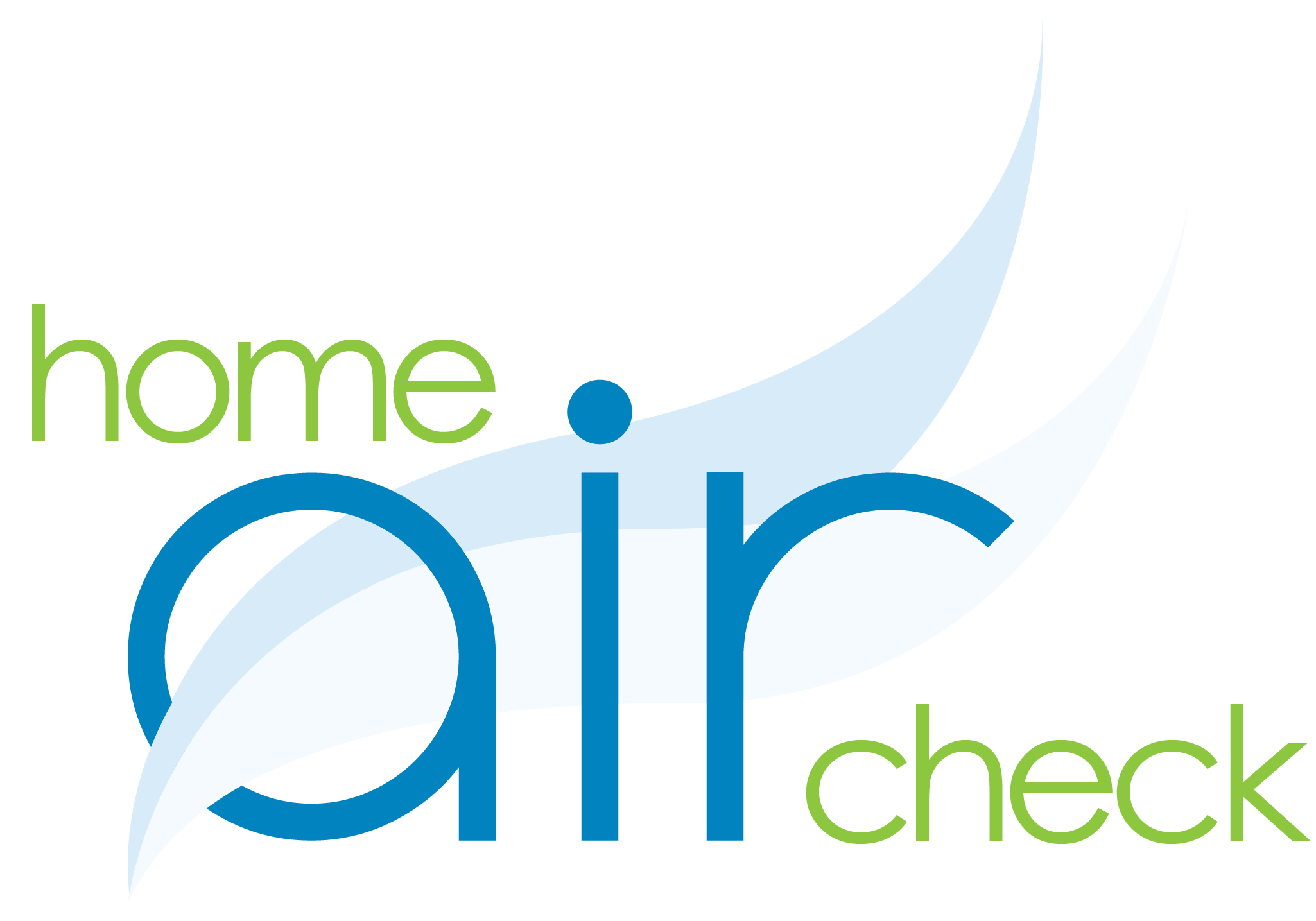We’ve spent the past few weeks learning what Indoor Air Quality is, how it affects our health, and where common pollutants come from: like VOCs, mold, and other hidden pollutants. Now for Week 4 of IAQ Awareness Month, it’s time to roll up our sleeves and talk about solutions. Because while “dirty air culprits” may sound intimidating, the good news is that improving your indoor air doesn’t require a complete home overhaul. In fact, small, mindful changes can make a big difference.
The Hidden Offenders in Your Home
Indoor air pollution doesn’t always come from obvious sources. Some of the biggest contributors to poor IAQ are everyday items and habits you may not even think twice about. Cleaning products, air fresheners, candles, paint, and furniture all release VOCs—chemical compounds that can irritate your lungs, trigger allergies, and even contribute to long-term health issues.
Dust buildup, pet dander, and mold spores also play a major role. Something you might not even think about is your HVAC system. When it circulates air through dirty filters or damp ducts, these pollutants get redistributed throughout your home, making the air you breathe less than fresh. Knowing your home’s air offenders is the first step to tackling them and it all starts with awareness.
Breathe Easier: Simple Ways to Clean Up Your Air
- Ventilation is Key
Let’s start with the simplest fix: fresh air. Opening your windows for just a few minutes each day can help flush out trapped indoor pollutants. For rooms that lack windows like basements or bathrooms, exhaust fans and air purifiers with HEPA filters can make a huge difference. If weather allows, create cross-ventilation by opening windows on opposite sides of your home. This promotes better airflow and helps keep humidity levels in check, which discourages mold growth.
- Keep Dust and Allergens Under Control
Dust might seem harmless, but it’s a cocktail of skin cells, fabric fibers, pollen, and even chemical residues. Regular vacuuming with a HEPA-filtered vacuum and damp dusting (rather than dry wiping) can help prevent particles from becoming airborne again.
Don’t forget the overlooked spots like ceiling fans, baseboards, and vents. Keeping your HVAC system clean and changing air filters every 1–3 months can also dramatically improve indoor air quality as small particulate matter such as dust can circulate in the air blown by your AC or heater.
- Choose Cleaner Products
Your cleaning supplies might be doing more harm than good if they’re loaded with harsh chemicals or artificial fragrances. Try switching to natural or unscented products labeled as low-VOC or non-toxic. Simple ingredients like vinegar, baking soda, and lemon juice can clean just as effectively without the chemical residue.
And those scented candles or air fresheners? They might make your home smell nice, but they can release VOCs into the air. When possible opt for beeswax candles, essential oil diffusers, or simply open a window for some fresh breeze.
- Monitor Humidity Levels
Humidity control plays a huge role in maintaining healthy indoor air. Too much moisture can encourage mold growth, while air that’s too dry can irritate your skin, throat, and sinuses. Aim to keep your home’s humidity between 30–50%. A small dehumidifier or humidifier can help maintain balance, and using an indoor air quality monitor can alert you to changes before they become a problem.
- Consider Professional Air Testing
If you’ve made changes and still notice headaches, allergies, or musty odors, it may be time to test your air. A home air testing kit such as Home Air Check, can help identify the specific pollutants in your environment— everything from VOCs to mold to even formaldehyde. Knowing what is in your air is the first step to taking targeted action. After all, you can’t fix what you can’t see.
Small Changes, Big Results
The truth is, improving indoor air quality doesn’t have to be overwhelming. Every step you take whether it’s opening a window, changing a filter, or switching to cleaner products moves you closer to a healthier home. This week, challenge yourself to make one small change for cleaner air. Because when it comes to your health and your home, every breath matters.
To learn more about what’s in your air CLICK HERE!
photo by freepik


